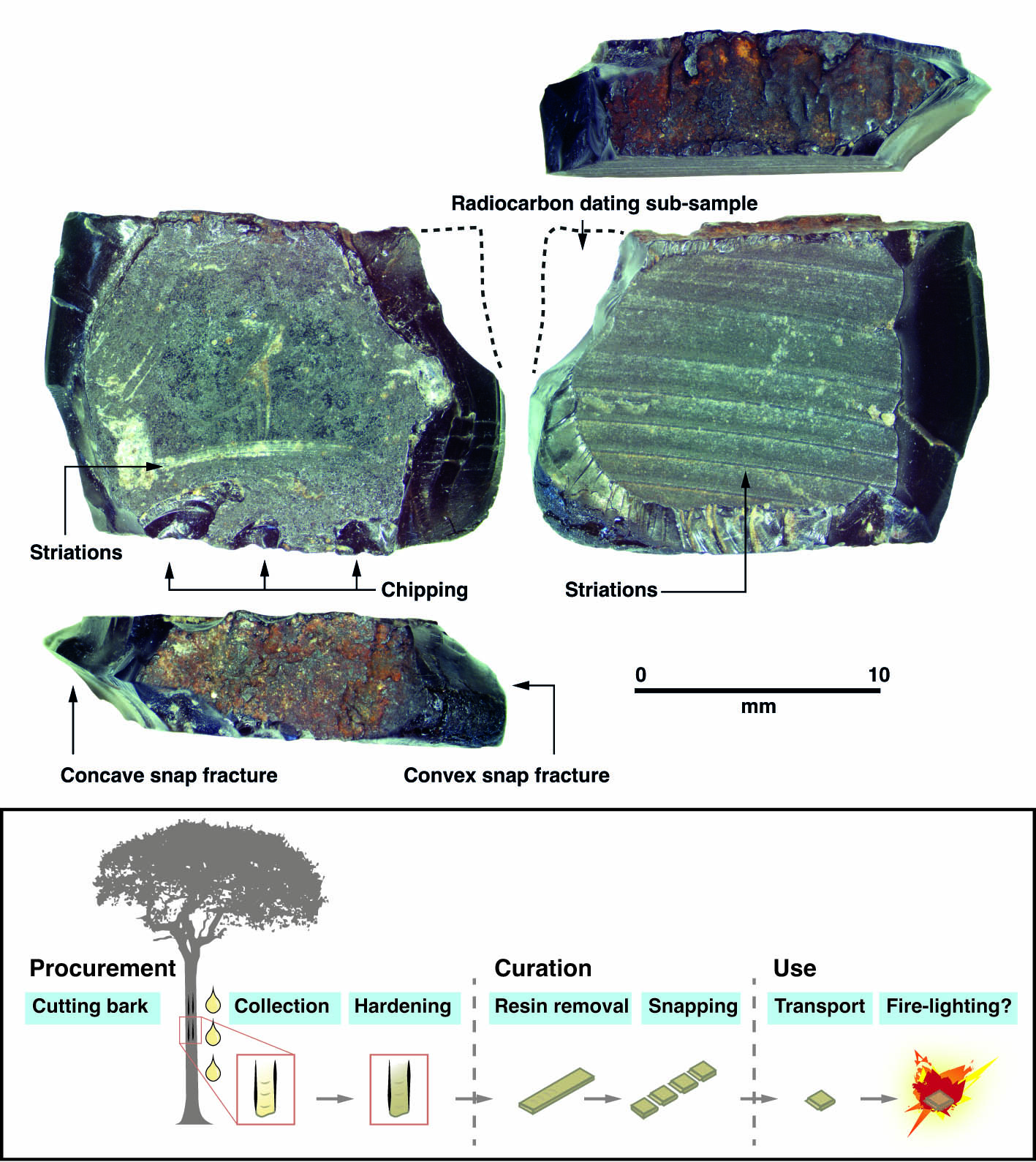From the edges of the Arctic to the hottest deserts, humans have eked out survival – flourished, even – in pretty much every corner of the globe. Mapping out exactly how that happened, however, is an ambition that has long evaded researchers – particularly those studying the history of human dispersals across the Pacific Ocean.
A new discovery out of Waigeo Island, in the Raja Ampat archipelago of West Papua, has upended the standard picture of prehistoric migration in the area. There, during an excavation of Mololo Cave – the name means “the place where the currents come together,” explained Dylan Gaffney and Daud Aris Tanudirjo, two of the researchers behind the new find, in a corresponding article for The Conversation, making it “fittingly named for the choppy waters and large whirlpools in the nearby straits” – a team of archaeologists uncovered not only the oldest sign of human habitation in the Pacific Islands, but anywhere at all outside of Africa.
“Excavation uncovered several layers of human occupation associated with stone artefacts, animal bones, shells and charcoal – all physical remains discarded by ancient humans living at the cave,” the pair wrote.
“These archaeological findings were rare in the deepest layers,” they added, “but radiocarbon dating at the University of Oxford and the University of Waikato demonstrated humans were living at Mololo by at least 55,000 years before the present day.”
Of particular interest to the team was a tiny artifact, barely a couple of centimeters across, made from tree resin. The researchers aren’t even totally sure what its function was – they suggest, based on modern practices, that it may have been used as a fuel source – but that’s not what makes it so important: as a clearly human-made tool, created purposefully over several stages, it represents the development of complex and culturally specific skills by communities living in the rainforests of West Papua.
Tree resin artefact excavated from Mololo Cave, dated to 50,000-55,000 years old.
“The use of complex plant processing indicates these humans were sophisticated, highly mobile, and able to devise creative solutions to living on small tropical islands,” said Tanudirjo, a professor of archaeology at Universitas Gadjah Mada and co-director of the study, in a statement.
But while the excavation is important for what it tells us about ancient West Papuans – a population that has so far been relatively under-researched due to the political and social crises that plague the region – it also adds a vital piece to the puzzle of human history in the wider area.
See, precisely when and how our ancestors moved out of Asia and across the Pacific is something of a hot-button issue in the archaeological community: “it has major implications for how rapidly our species dispersed out of Africa to Asia and Oceania,” wrote Gaffney and Tanudirjo, as well as impacting how prehistoric people may have interacted with other species – both animal and human.
Generally, researchers fall into one of two camps: either they believe humans entered the Pacific along a southern route, via Australia, or a northern route, traveling up into West Papua. So far, the evidence in either direction has been circumstantial – but with this excavation, and particularly the analysis of the resin artifact, the team have found “the first firm, directly radiocarbon dated evidence that humans moved through the northern route to the Pacific region before 50,000 years ago,” the statement confirms.
Ancient migration routes from Asia to the Pacific region.
Image credit: Dylan Gaffney (The Raja Ampat Archaeological Project)
Waigeo Island, then, was not just a home to complex ancient societies, populated by skilled seafarers and craftspeople well-adapted to life in the rainforest – it was also their gateway to the entire Pacific.
“We know from other archaeological sites […] that once humans arrived in the Pacific region, they kept venturing as far as the New Guinea Highlands, the Bismarck Archipelago and the Solomon Islands by 30,000 years ago,” Gaffney and Tanudirjo explained. “Their descendants later voyaged as far as Hawaii, Rapa Nui and Aotearoa.”
“Charting the archaeology of West Papua is vital,” they concluded, “because it helps us understand where the ancestors of the wider Pacific came from and how they adapted to living in this new and unfamiliar sea of islands.”
The study is published in the journal Antiquity.
Source Link: This Tiny Piece Of Resin Just Rewrote The History Of The Pacific Islands
